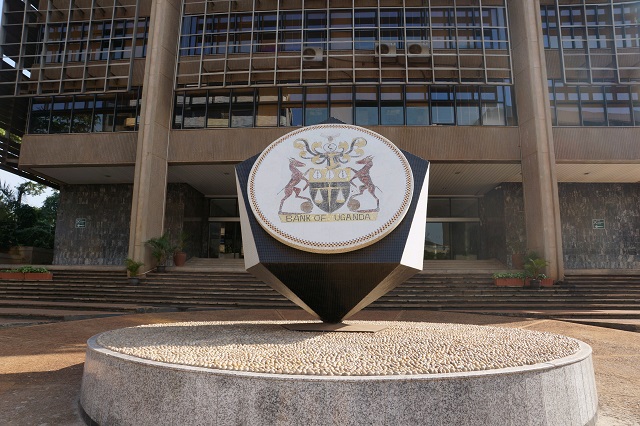
Kampala, Uganda | THE INDEPENDENT | The Bank of Uganda has revised its growth projections for this financial year. BoU says that all high-frequency indicators available show that the momentum of economic activity for the quarter to July 2021, subsided.
The tourism sector was expected to grow much faster when Entebbe International Airport and tourist sites reopened. However, this was affected by the second lockdown even when international tourists were allowed to move to and from their destinations.
“The Covid-19 restrictive measures that remain in place will continue to weigh on the economic activity, with economic growth projected in the range of 3.5-4.0 percent in the financial year 2021/2022. In particular, between Covid-19 stops and starts, tourism is unlikely to return to normal levels any time soon,” says Governor Emmanuel Tumusiime-Mutebile.
The second wave lockdown saw more places closed, in addition to others like entertainment and recreation as well as bars, that have remained closed for 17 months, and the start-stop measures in the education sector.
The BoU Executive Director for Research, Adam Mugume says that for now, the economic growth is expected to be slower by 0.5%, unless the pandemic worsens in the short term.
However, the Central Bank hopes that if vaccination picks up in the latter part of the year and movement restrictions are eased, this will allow for gradual economic growth recovery, but that the impact of the pandemic especially on the private sector could linger on for the next two years.
It is this uncertainty that made the Monetary Policy Committee maintain the Central Bank Rate at a low 6.5%, to further encourage financial institutions to reduce the cost of borrowing by the private sector to spur growth.
Commercial bank lending rates have remained at a high average of 23 percent despite banks announcing the fall in their base lending rates to as low as 16.5 percent.
Growth is expected to pick up in subsequent years and could grow by between 6 and 7 percent in 2024/2025.
This will also depend on external factors like global markets improving which would mean exports picking up, as well as growth in tourism, investments in the oil sector and general improvement in the business confidence.
“Significant uncertainties continue to surround the economic outlook. The outlook continues to be highly conditional on the containment of the spread of the pandemic which will be premised on the vaccination rates and the extent to which SOPs are observed. The emergency of vaccine-resistant variants would, however, prompt the reintroduction of restrictions of gatherings and mobility, which will derail the economic recovery,” says Mutebile.
The low economic activity is also expected to keep inflation low. This indicates an output gap because even the low production levels cannot be outstripped by demand which is also low.
Mugume however says that some sectors have seen price increases, especially in the transport sector, while weather effects on food-crop output will also impact on inflation.
*****
URN
 The Independent Uganda: You get the Truth we Pay the Price
The Independent Uganda: You get the Truth we Pay the Price



